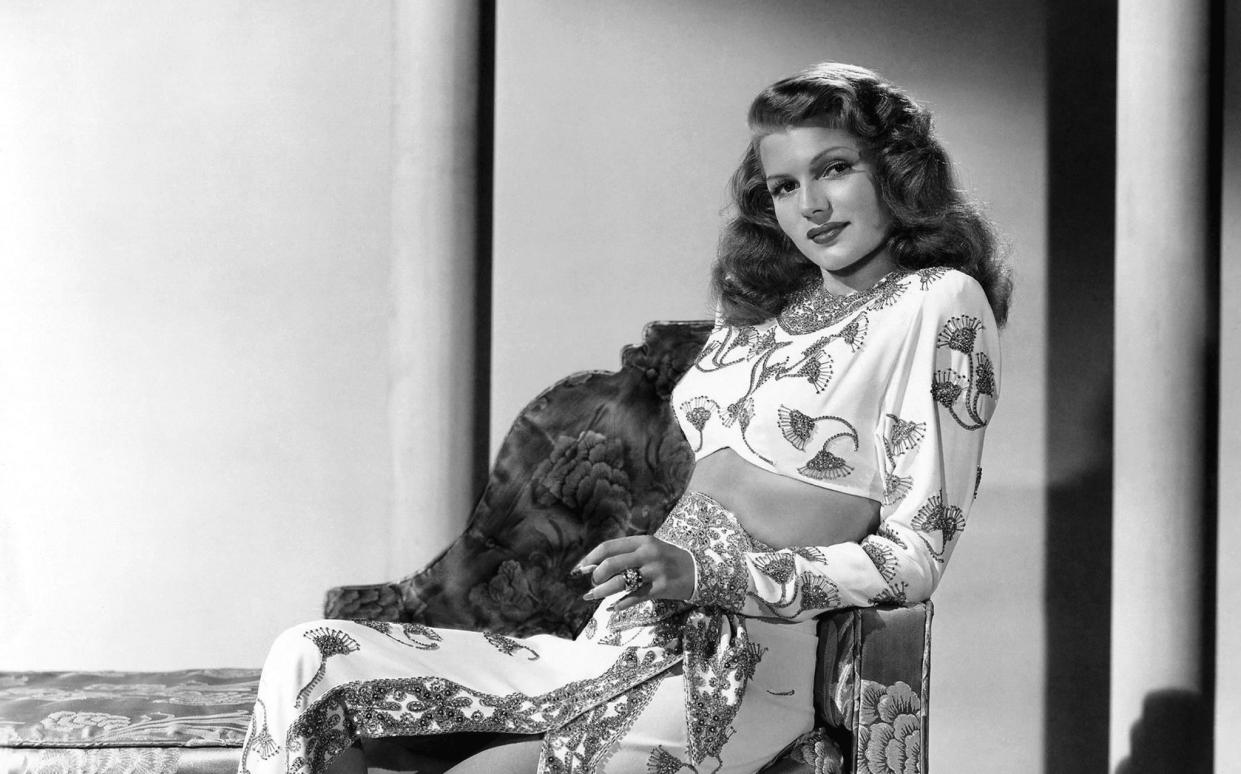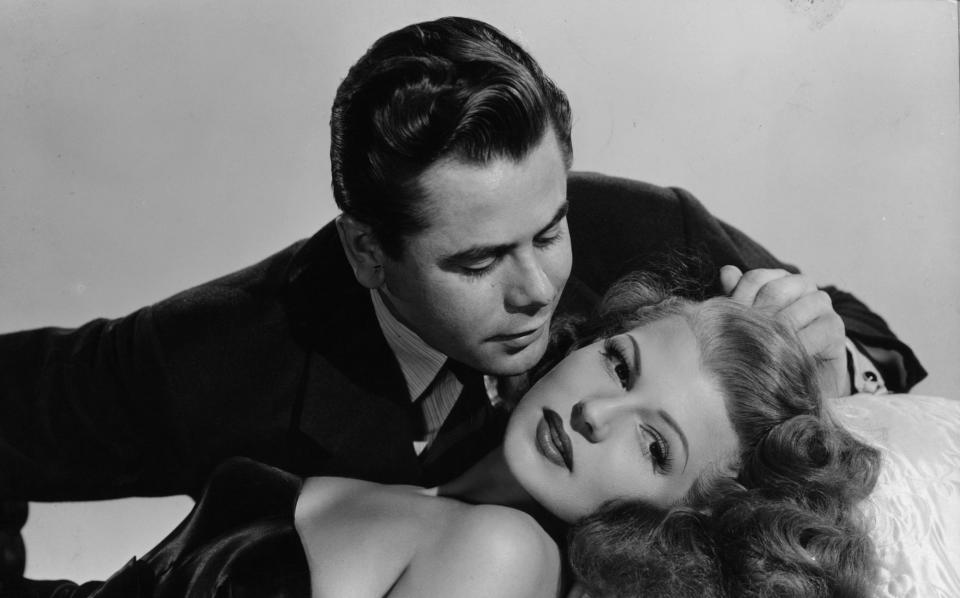Why Rita Hayworth’s dazzling Gilda proved too much for American censors – and Orson Welles

- Oops!Something went wrong.Please try again later.
- Oops!Something went wrong.Please try again later.
- Oops!Something went wrong.Please try again later.
- Oops!Something went wrong.Please try again later.
- Oops!Something went wrong.Please try again later.
Despite its French appellation, the film noir became a staple of Hollywood from around the time of America’s entry into the Second World War until the early 1950s. Such films are often set at night, with low-key lighting painting dramatic shadows onscreen. But true darkness lies in their storylines: people are betrayed, imperilled or murdered.
Director Charles Vidor’s 1946 masterpiece Gilda is of the genre. But while it fulfils most of the requirements of film noir, it is not always so easy to reconcile the term with the film’s luminescent nightclub scenes, nor with the presence of Rita Hayworth, who takes the title role as a no-better-than-she-ought-to-be good time girl who washes up in a sleazy Buenos Aires as the war ends. The film was to be set in America but the censor objected, maintaining the curious fantasy that the sort of depravity it illustrated could not possibly occur on home soil.
Hayworth’s celebrity at the time – she was the daughter of dancers and had been a top professional dancer herself before winning a film contract with Fox at the age of 16 – was part of what ensured Gilda’s success: Hayworth had also been the GIs’ favourite pin-up during the war. She would divorce five husbands (including Orson Welles and Prince Aly Khan) by the age of 43, and had an epic drink problem.
Her co-star, Glenn Ford, was more conventional, and his portrayal of Johnny Farrell, another American chancer landed in Argentina, was his great breakthrough role: he had started to make a name in films before the war but came to make Gilda after his time in the US Marine Corps Reserve. He would be Hayworth’s co-star in five films, and they had an affair while filming Gilda, which ended her marriage to Welles.
Farrell arrives in Buenos Aires and immediately rips off some men in a game of dice. When they seek their revenge by beating him up, he is rescued by an apparently aristocratic passerby, Ballin Mundson, played by George Macready, a suave stage actor so Ivy League that he appears British. Mundson advises him to stick to a casino if he wants to gamble, but warns him not to cheat. He does, and is caught, then sent to see the owner: who turns out to be Mundson. Recognising they are two peas from the same pod, Mundson hires Farrell to manage his casino.

In one of the many superb lines in an immaculate script (in which screenwriter Ben Hecht had an uncredited hand, and lines like this seem to bear his watermark) Farrell asks Mundson if it is right that gambling is illegal in Argentina: “It isn’t right, but it’s true,” Mundson replies. The illegal casino is in fact a front for an even more illegal tungsten cartel, which Mundson minded for its German gangster owners during the war; but with the war over, they want it back.
Mundson is besotted with Hayworth’s glamorous and alluring Gilda. She is, in turn, besotted with his apparently endless supply of money. The complication arises when he takes his new casino manager to meet her, and it immediately becomes obvious – though Farrell denies it to his employer – that the two know each other extremely well. Mundson realises the truth and also believes the two of them hate each other for whatever happened in the past, not least because the ex-lovers seem to believe it themselves. Inevitably, their relationship is based on nothing of the sort. How the triangle resolves itself, and how Mundson deals with the Germans who are pursuing him, provides the film with a superb denouement.
Gilda represented a significant departure for Hayworth from the lighter repertoire with which she had made her name, and showed her versatility as an actress as well as her potency as a sex symbol: given the protests of the censor it was remarkable it was made at all.
Apparently, Hayworth resented the effect the film had on her image. It received mixed reviews on its release but the admiration in which it is held by critics has grown relentlessly, and it has become a landmark of American culture. For all the hundreds of millions thrown at Hollywood blockbusters today, none really measures up to the subtle photography, narrative drive and above all wit with which Gilda was made.

